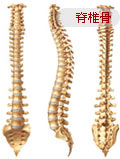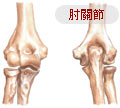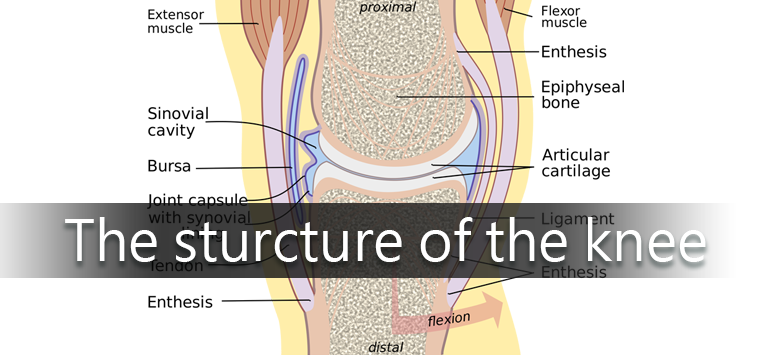Life is movement, movement is life !
Joints
Joints join bones
The human skeleton is joined together by 96 primary joints.
Nerves control the movement of joints, enabling many complex but coordinated movements that enrich human lives.
Three major categories of human joints:
Synarthroses, Immovable Joint

The tightly coupling of the bones in the human skull protects the brain.
Amphiarthroses, Partially Movable Joint

The most typical example of this is the linkage between vertebrae which allows limited mobility while providing a strong stability to protect the spinal cord inside.
![]()
Amphiarthroses, Partially Movable Joint
Most joints fall in this group.
Based on their structure and the way they move, joints can be divided into the following five types:
Hinge Joint

They mostly flex and extend. Elbow, knee, ankle, and finger joints are examples. Knee joints are the largest in the human body.
Pivot Joint
Allows pivotal movements. Examples are the first and second vertebrae that enable the head to turn. The radius joint at the forearm allows the hand to turn.
Ball and Socket Joint

Shoulders and hips are the joints that enjoy the greatest range of motion.
Gliding Joint
The joint between vertebrae are examples. They allow limited motion.
Saddle-shaped Joint
Allows front/back or left/right motions but not rotation. Wrists and the joint at the base of the thumb are some examples.
Perfect combinations-the structure of the knee joint
Cartilage in a joint
Covers smoothly over the surface of the ends of bones. Cartilage is smooth, glossy, and elastic. It enables the joint to move agilely and absorb external shocks.
Muscles
The quadriceps at the front and the hamstrings in the back not only increase stability but also make the knee more agile.
Skeleton
The femur is above the knee, the tibia is below, and the patella is in front.
Articular capsule and synovial membrane
Tough articular capsule surrounds the joint forming a tight enclosure of articular cavity that keeps out foreign objects and protects the knee from diseases.
Ligaments
Aside from muscular straight, ligaments, which connect bones, are the most important things that help keep a joint steady. Damaged ligaments, like chairs with loose screws, are unable to bear load.
Meniscus
Lying evenly between the femur and the tibia, msedial and lateral meniscuses slide left and right with knee movements to absorb impact and friction and to protect the cartilage.

